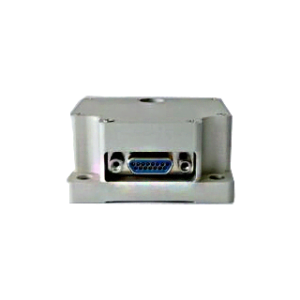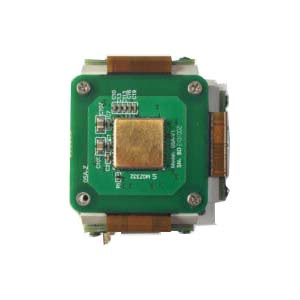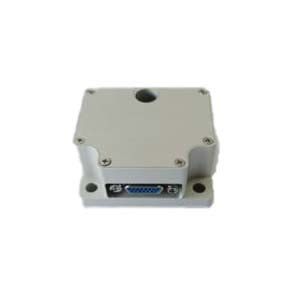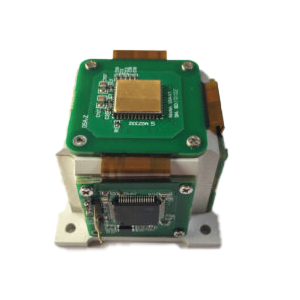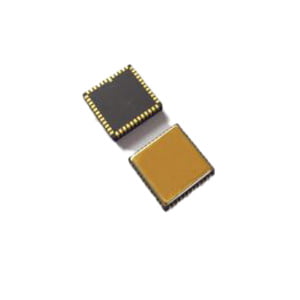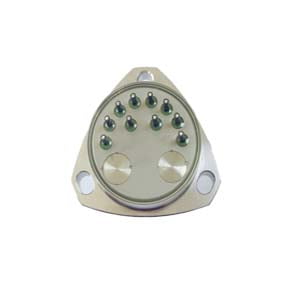UAV IMU
The inertial measurement unit works by detecting the current acceleration using one or more accelerometers. IMUs use one or more gyroscopes to detect changes in rotation properties such as pitch, roll and yaw. Some IMUs on drones include magnetometers, which are primarily used to assist in calibration to prevent directional drift.
Onboard processors constantly calculate the drone's current position. First, it integrates the perceived acceleration with an estimate of gravity to calculate the current velocity. The velocity is then integrated to calculate the current position.
To fly in any direction, the flight controller collects IMU data for the current position and then sends the new data to the motor Electronic Speed Controller (ESC). These electronic speed controllers send the thrust and speed signals needed for the quadrotor to fly or hover to the motor.
IMU can be used in UAV industry. Today I want to introduce you the structure of IMU in Errico, which will give you a better understanding of the use of IMU in Drones.
Triaxial accelerometer
1.Measure the specific force
A triaxial accelerometer is an inertial sensor that can measure the specific force of an object, that is, the overall acceleration after removing gravity or the non-gravitational force acting on a unit mass. When the accelerometer remains stationary, the accelerometer is able to sense the acceleration due to gravity, and the overall acceleration is zero. In free fall motion, the overall acceleration is the acceleration of gravity, but the accelerometer is in a weightless state, and the output of the three-axis accelerometer is zero at this time.
2.Measuring angle
The principle of a triaxial accelerometer can be used to measure angles. Intuitively, as shown, the amount of spring compression is determined by the angle of the accelerometer to the ground. The specific force can be measured by the spring compression length. Therefore, in the absence of external force, the accelerometer can accurately measure the pitch and roll angles without accumulating errors.
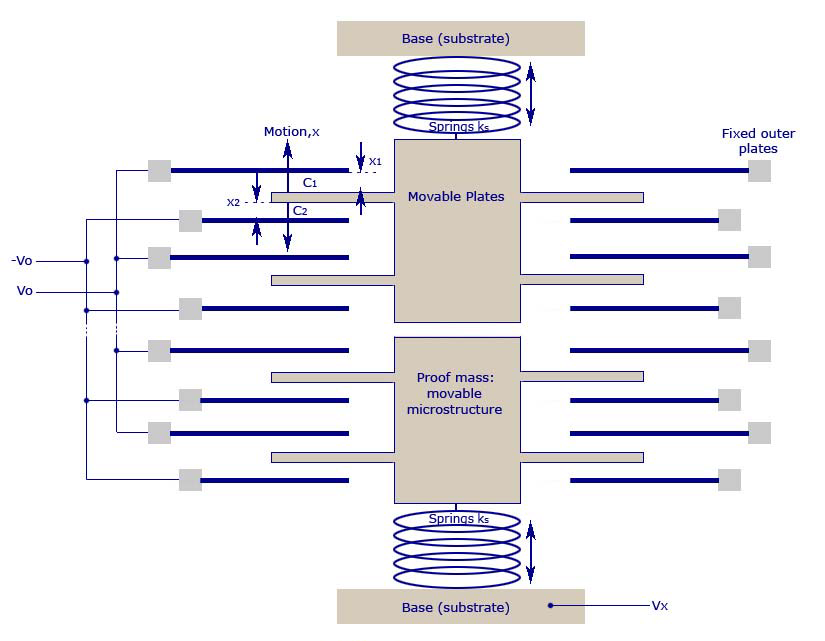
MEMS three-axis accelerometers use piezoresistive, piezoelectric and capacitive working principles, and the specific force (pressure or displacement) generated is proportional to the changes in resistance, voltage and capacitance, respectively. These changes can be picked up by corresponding amplification and filtering circuits. The disadvantage of this sensor is that it is greatly affected by vibration.
Between its working principle of measuring angle a three-axis accelerometer cannot measure yaw angle
Can measure pitch and roll angles
Three-axis gyroscope
Function: used for the calculation of the angular velocity in the UAV and the angle after the integration of the angular velocity
Principle: To understand the principle of a three-axis gyroscope, you must first know the Coriolis force
When a particle moves in a straight line relative to the inertial system, its trajectory is a curve relative to the rotating system because of the inertia of the particle itself. Based on the rotating system, we believe that there is a force that drives the trajectory of the particle to form a curve. Coriolis force is a description of this shift, expressed as
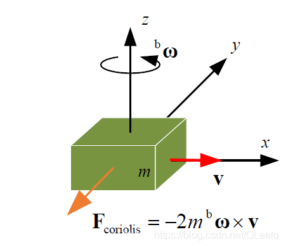
That is to say, when the linear motion is placed in a rotating system, the linear trajectory will be offset, but in fact the problem of linear motion is not affected by the force. The establishment of such a virtual force is called the Coriolis force.

Therefore, in the gyroscope, we select two objects, they are in constant motion, and make their motion phase differ by -180 degrees, that is, the two mass blocks move in opposite directions and the same size. The Coriolis force they generate is opposite, thereby compressing the two corresponding capacitive plates to move, resulting in a differential capacitance change. The change in capacitance is proportional to the rotational angular velocity. The rotation angle change can be obtained from the capacitance.
Triaxial magnetometer
The magnetometer can provide the data of the magnetic field that the device is subjected to in each axis of XYZ, and then the relevant data will be imported into the algorithm of the microcontroller to provide the heading angle related to the magnetic north pole, and the geographic orientation can be detected by using this information.
The magnetometer uses three mutually perpendicular magnetoresistive sensors, and the sensor on each axis detects the geomagnetic field strength in that direction.
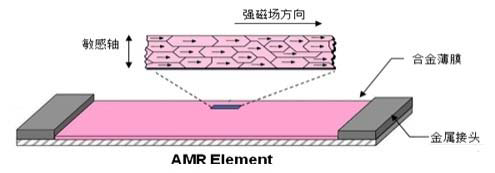
The picture above shows an alloy material with a crystal structure. They are very sensitive to the external magnetic field, and the change in the strength of the magnetic field will cause the resistance value of the magnetoresistive sensor to change.
In addition, the three-axis magnetometer can also use the Lorentz force principle. The current flows through the magnetic field to generate force, thereby driving changes such as capacitance.
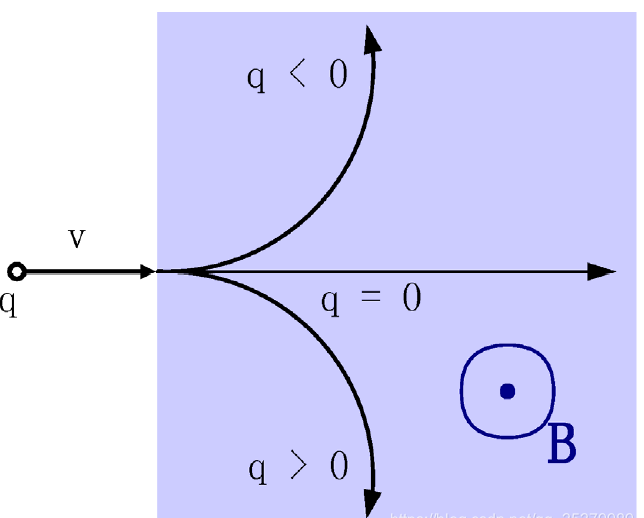
Flight stability best practices
Now, you can have the best 6-axis gyroscope technology, but if your drone hardware (propellers, motors, bearings, shafts, etc.) is not straight, clean, or functioning properly, the drone will still fly irregularly or even crash.
It is always a good idea to inspect the parts of the drone before and after each flight. It's a good idea to have spare parts in case they crack or bend. Keeping drones clean is another good practice. To check whether the propeller is straight, it is best to have a propeller balancer. If all the components look normal and the drone is flying erratically, put it back immediately.
If the drone flies erratically, recalibrate the IMU on a flat surface. Sometimes you need to calibrate the IMUs multiple times. You should also check the drone manufacturer's website for firmware updates to address any issues within the flight controller. If there are other problems, then the drone could have a hardware failure in the IMU or flight controller.
More Technical Questions
1.Application of IMU in UAV Flight Control System
2.Research Background and Current Status of MEMS IMU
3.Internal Structure Analysis of IMU
4.Introduction of High-precision Navigation MEMS IMU–ER-MIMU-02 and ER-MIMU-06
5.What’s the advantages and disadvantages of MEMS gyroscope?
6.What are the Application Scenarios of the IMU?
Products in Article
